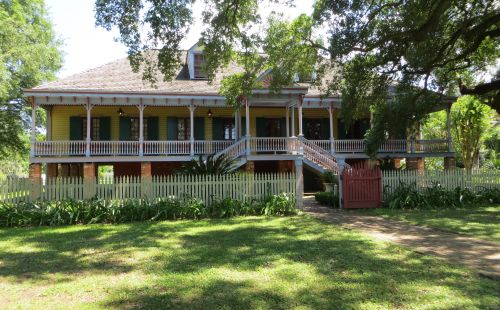
Like so many people, I’ve seen Gone With the Wind. My vision of the American deep south was very much formed by Clark Gable’s charm and Vivien Leigh’s accent. I didn’t really believe either were strictly accurate, so on our Mississippi River road trip, I was very keen to visit some of the plantations along the river.
There are a lot open to inspect – but I wanted to find somewhere that would give me a glimpse of real history – not what is portrayed in the movies.
I was very conscious that behind the grand vision of the glorious antebellum South lies the far less palatable vision of slavery.
Even if at times it is a bit tough, I do like my history to be accurate and real.
The first plantation I visited was the Laura Plantation – which differed from the rest in being a Creole Plantation. In Creole society the inheritance would go to the smartest child – not necessarily the oldest – and certainly not necessarily a male heir. The Laura plantation was run by women for several generations – at a time when, according to the movies, Scarlett O’Hara could not think beyond her next bonnet.
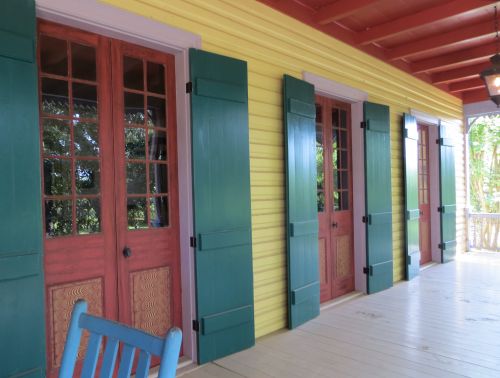
I struggled a bit to understand what exactly is meant by Creole. In colonial Louisiana, it meant ‘not Anglo’ or possibly born in the New World. The Creole people were (still are) a mix of European heritage (mainly French and Spanish) and may also have Native American or even African slave ancestry. They had their own language and food and society.
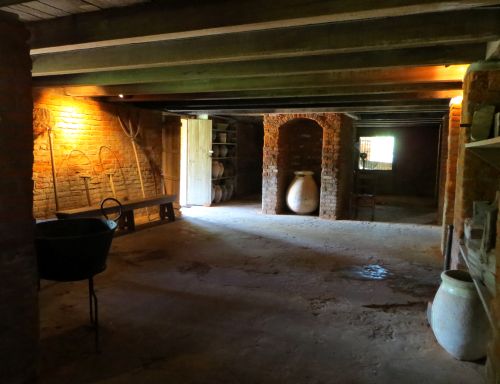
This sugar cane plantation was founded in 1805 – with 7 slaves. Over the next 60 years – that grew to almost 200. I was surprised to learn that in Louisiana, slavery was not restricted to Africans. Native Americans and Europeans could also be bought and sold.
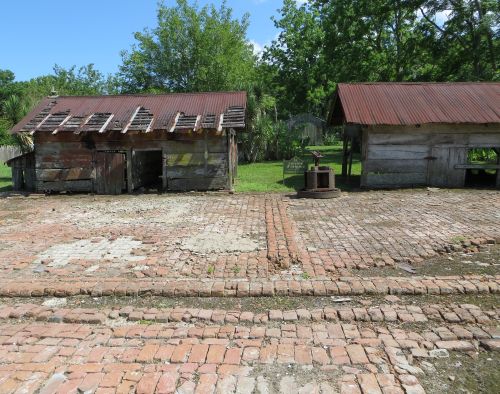
The guide told us shocking stories of the plantation owner who purchased thirty teenaged girls in 1830, in order to breed her own workers – because breeding them was cheaper than buying them. She talked about families being split up – children forcibly removed from their parents and sold… a terrible time.
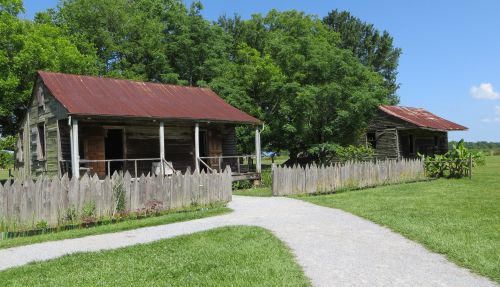
In these cabins, old West African folk tales were told to children – tales that would later be collected and written down to become the stories of Br’er Rabbit – which I remember so very clearly from my own childhood.
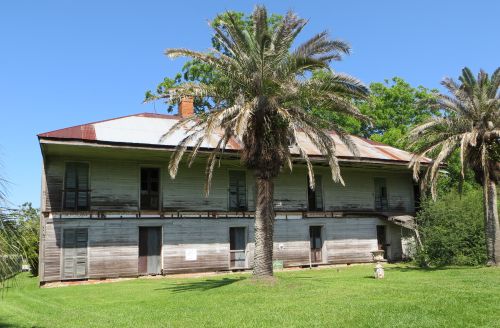
Leaving the sugar fields behind – we headed further north to visit the Frogmore Cotton Plantation.
Like the sugar plantation, this was also built on a foundation of slavery. I was also fascinated by what followed. After the end of the Civil War, the slaves were free – but had little. Sometimes not even a home. As for the plantation owners, they had properties that need to be worked – but no workers.
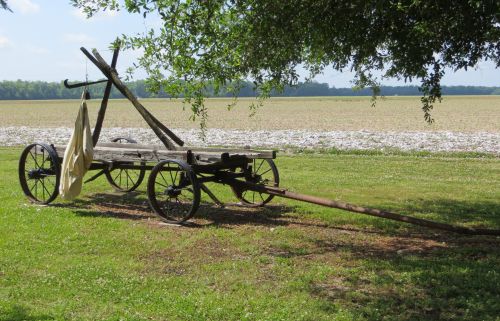
This gave rise to the idea of sharecropping. The former slaves worked the land and shared profits with the landowners. Many of the landowners were harsh, paid little and forced their share cropper to buy supplies etc from a farm store – thus taking back most of the money.
Sometimes they lived in communities – but often the shacks were in the middle of the fields – it must have been a very lonely life and a very hard one.
I wonder if the boundaries between the old life and the new sometimes became blurred for the former slaves. I bought a book at the plantation – it’s the story of these times in the former slaves own words. Their stories were collected in the 1930’s – during the great depression. I haven’t had time yet to do more than flick through it – but am looking forward to seeing this turbulent time better through the eyes of the people who lived a life I cannot begin to imagine.
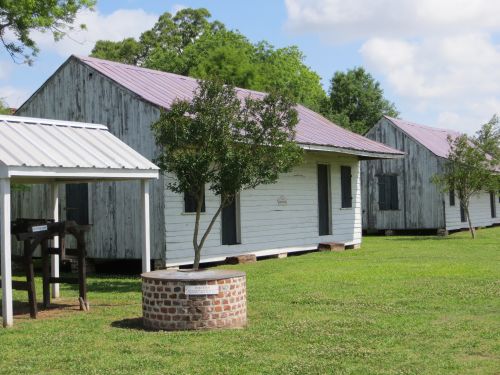
The sharecropper system lasted a long time, until mechanisation replaced the human workers. Another time of great change – not always for the good.
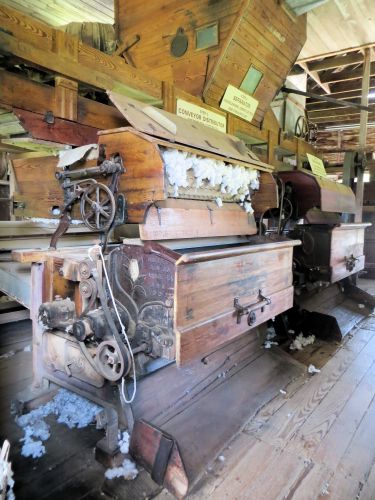
I was feeling a little sombre as we left the plantations behind – but we were heading for Memphis – and you know what that means don’t you… Elvis! (He’ll be on the blog next week).
